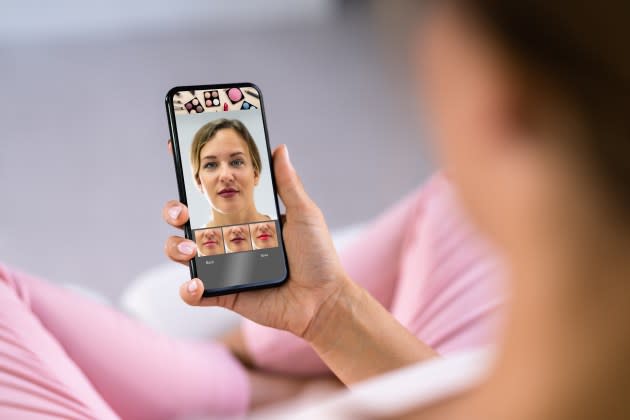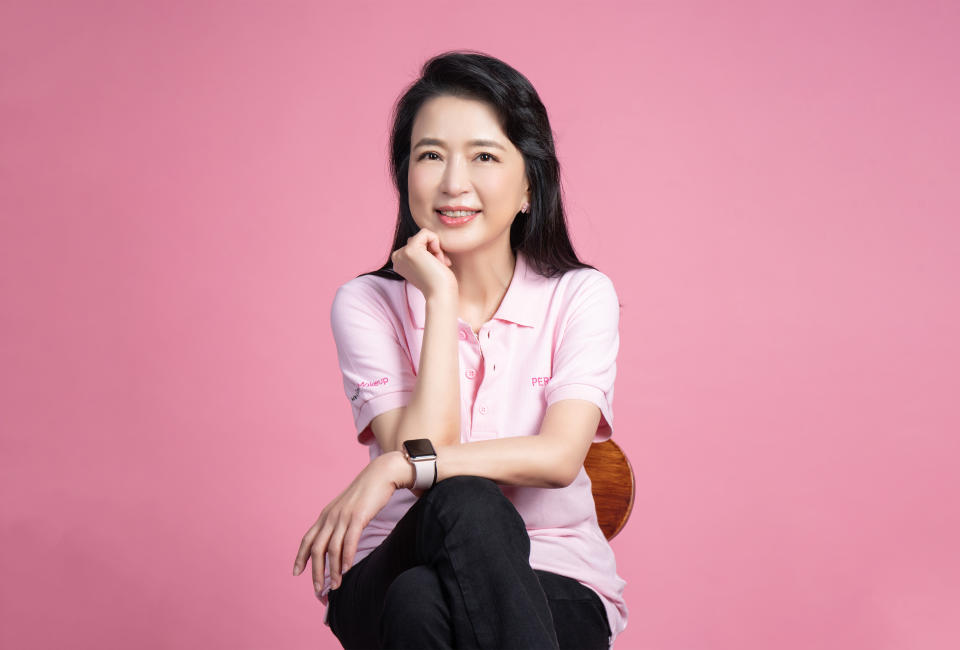Where Beauty and Technology Converge

As e-commerce continues to evolve, consumers expect greater personalization — especially in categories such as beauty and cosmetics. And technology can help. Over the past year, retailers and brands have a new lever to pull to improve the customer experience: generative AI.
As investments in generative AI are expected to grow this year, Alice Chang, chief executive officer and founder of Perfect Corp., said technology and augmented reality will play a key role. Here, Chang offers insights into the technologies and how they can be best used.
More from WWD
DSM-Firmenich to Spin Off Animal Nutrition and Health Activity
EXCLUSIVE: Kailo Nutrition Enters the U.S. Via Neiman Marcus
WWD: How are generative AI and AR transforming retail and beauty?
Alice Chang: Mobile commerce and e-commerce have become the preferred shopping channels for many beauty and fashion consumers today. As more and more consumers turn to online channels for product advice and inspiration, it’s increasingly important for brands to equip themselves with e-commerce solutions that immerse and engage shoppers while providing personalized advice and recommendations. Particularly with products like makeup and foundation, it’s difficult for a shopper to know what’s going to match or compliment their skin tone without being able to visualize the product on their own skin.
This is where the convergence of beauty and technology come into play. This combination has given rise to innovative solutions that are not only changing the way consumers shop, but also enhancing their overall experience. Generative AI and AR are breathing new life into the consumer experience by providing beauty and fashion inspiration in exciting and creative new ways.
Through the power of precise AR and generative AI, technologies like virtual product try-on allow consumers to try on beauty products, accessories and even clothing styles. This technology elevates the e-commerce experience by providing shoppers with personalized visualizations of products, helping them to choose the best products for their preferences. This not only boosts consumer confidence but also reduces the rate of unsatisfied customers, leading to increased purchases and fewer returns.
WWD: How are these technologies being used?
A.C.: The use cases of AI and AR-powered beauty and fashion technology are extensive. From virtual consultations and try-ons to complexion analysis, personalized skin analysis and even AI-powered clothing try-ons, AI and AR have the power to match consumers with the best products for their style preferences and beauty needs.

Shopping for beauty and cosmetics online can be quite difficult. Without virtual try-on tools, consumers face a guessing game in deciding if a foundation is truly a match for their skin tone, or if a color is right for their lips. One of the biggest benefits of deploying AI and AR-powered virtual try-on is giving consumers confidence in their purchasing decisions. Companies such as Nars Cosmetics, Avon and Clinique have reported that the integration of virtual try-on solutions have resulted in significant increases in customer engagement, satisfaction and conversion.
Consumers are increasingly turning to shopping online for apparel and fashion, jewelry, accessories, even wedding gowns. Brands see significant benefits when integrating AI and AR technologies into their online platforms to guide shoppers through the decision-making process while giving them the same fun and exploratory experience they’d receive in a brick-and-mortar store.
Not only has AI and AR technology done wonders for the beauty and fashion industries, it has completely revolutionized wellness and personal care — a worldwide market projected to generate a revenue of $646.2 billion in 2024. Solutions like AI skin analyses and skin simulations give personalized, near-instant insights into skin concerns, skin types and skin age. These solutions are leveraged by skin care brands looking to put the right products in front of customers, and med spas looking to leverage emerging tech to enhance the skin consultation experience. What’s more, validation from the medical community, such as the Journal of Cosmetic Dermatology, demonstrates the effectiveness of these solutions.
WWD: What is the value proposition of deploying these technologies? And the ROI?
A.C.: Technologies such as virtual try-on, AI skin analysis and generative AI can help brands deliver personalized, inspiring and valuable experiences to consumers at scale. These technologies help shoppers visualize styles, shades and results, ultimately increasing purchasing confidence and customer engagement. As beauty and fashion shoppers seek out personalized experiences from brands and retailers, these technologies will be essential for brands to compete and effectively engage consumers in the future of beauty.
As for ROI, by leveraging AI and AR, brands can attract new customers, improve conversion rates and reduce return rates, all of which contribute to a positive ROI. Many of Perfect Corp.’s brand partners have observed up to 2.5-times increases in sales conversion and, on average, an 8 percent decrease in product returns after implementing these technologies.
WWD: What do retailers and brands need to consider before investing in this tech?
A.C.: The entire world is buzzing about how AI will transform our lives, and the potential for AI to improve the lives of consumers is limitless. However, as with any new technology, it can cause skepticism and hesitance.
However, brands and retailers should embrace AI as a tool to delight and inspire customers while personalizing the shopping experience in new and exciting ways. When shopping for beauty and fashion products, consumers encounter a major pain point when trying to identify which products are right for their unique needs. These technologies solve for that pain point, helping consumers more easily discover the products that are right for them. With interactive experiences such as virtual try-on, AI can create a more seamless and customized shopping journey for consumers.
Best of WWD

